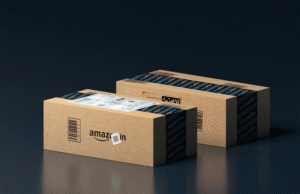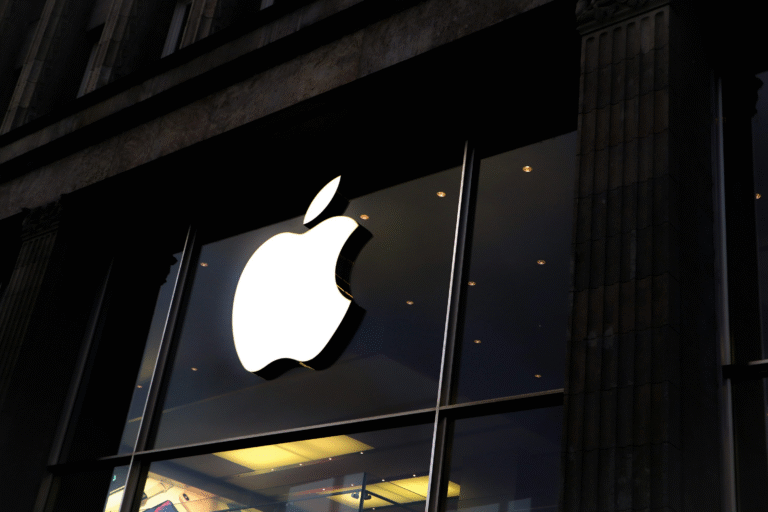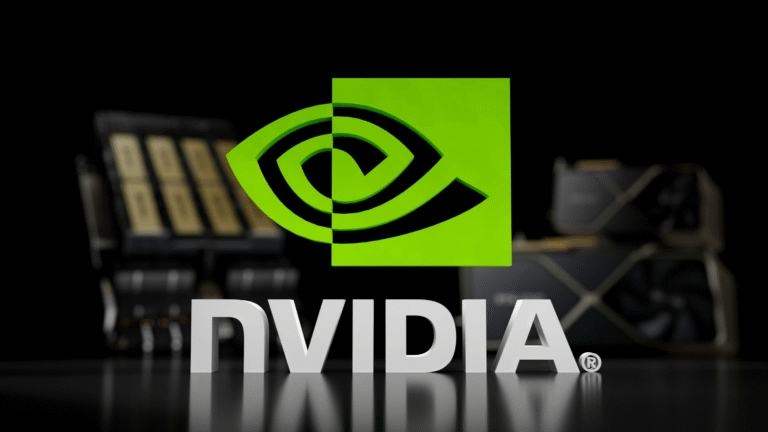Last month, AI chip leader Nvidia briefly claimed the title of the world’s richest company, surpassing Microsoft, which had recently overtaken Apple. This news prompted spontaneous applause at a tech industry event I attended in Copenhagen. Currently, Nvidia has slipped back to second place, with its market value dropping to $3 trillion (£2.4 trillion) compared to Microsoft’s $3.4 trillion.

Two key factors have driven these two US tech giants to such heights: AI and strategic foresight.
Microsoft began investing in OpenAI, the creator of the AI chatbot ChatGPT, back in 2019. Meanwhile, Nvidia’s CEO Jensen Huang steered the company towards AI chip development long before the rise of generative AI.
Both companies made early bets on the AI boom, which have paid off, leaving former leader Apple behind. But how long will their dominance last?
This year’s London Tech Week, a major event for the UK tech sector, was dominated by AI. The letters ‘AI’ were everywhere, and the topic was on everyone’s lips.
I met Anne Boden, the founder of Starling Bank, who was excited about the changes AI is bringing.
“We thought we knew who the winners and losers were in tech,” she told me. “But with AI, we are throwing the dice again.”
She sees the AI revolution reshaping the tech landscape and wants to be a part of it.
That same week, I attended Founders Forum, an annual gathering of top entrepreneurs and investors. Although confidential, I can say that AI was a major topic of discussion there as well.
Shortly after, a Financial Times headline caught my attention: “Most stocks hyped as winners from AI boom have fallen this year,” noting that more than half of the stocks in Citigroup’s “AI winners basket” had decreased in value in 2024.
There’s also a growing recognition that current generative AI technologies often fail to live up to their hype. Issues such as inaccuracies, biases, copyright violations, and bizarre content have surfaced. Early AI-driven devices like the Rabbit R1 and Humane Pin have faced harsh criticism.
There’s another critical factor that could burst the AI bubble, unrelated to product quality or market value—it’s whether our planet can sustain it. A study published recently projected that by 2027, the AI industry could consume as much energy as a country the size of the Netherlands, given current growth rates.
Dr. Sasha Luccioni from Hugging Face, a machine-learning firm, shares similar worries. “There’s currently not enough renewable energy to power AI—much of the demand is still met by oil and gas,” she explains. While there’s hope that AI could contribute to sustainability solutions, such as unlocking the secrets of nuclear fusion akin to how the sun generates energy, this hasn’t materialized yet. In the meantime, Dr. Luccioni notes, “AI systems strain energy grids already under significant pressure.”








